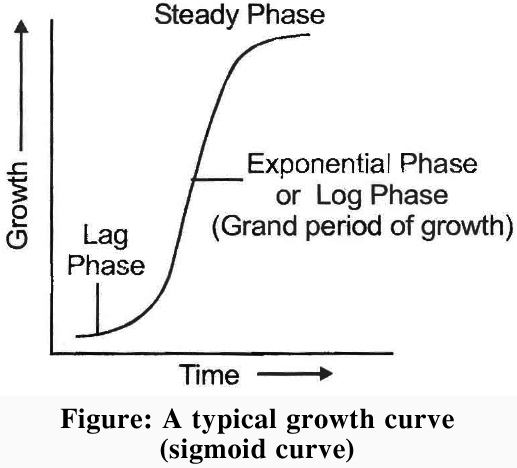- Books Name
- ACME SMART COACHING Biology Book
- Publication
- ACME SMART PUBLICATION
- Course
- CBSE Class 11
- Subject
- Biology
PLANT GROWTH
Growth is the essential characteristic of all living organisms.
It can be defined as an irreversible (permanent) increase in mass, weight or volume of cell, organ or organism.
Irreversible increase in size, volume or weight is called apparent growth, as it is external manifestation of growth.
Formation of cellular materials or protoplasm is the real growth.
Growth is a measurable or quantitative phenomenon which can be measured in relation to time.
Growth of living being is internal or intrinsic.
Plant growth is diffused like that of animals only during the early embryonic stages.
Later on, plants develop specific areas, called meristems, for growth.
On account of meristems, plant growth is localised.
Characteristic of Plant Growth
1. Growth is localised.
2. Growth continues throughout life, i.e., indeterminate.
3. There is increase in number of parts.
4. It is open ended.
5. Tile young one or seedling can be quite different from adult.
6. The juvenile stage may have different traits.
Phases of Growth
The dividing or meristematic cells pass through following three phases during growth,
(i) Phase of cell division,
(ii) Cell elongation phase,
(iii) Maturation phase.
(i) Phase of cell division. The meristematic cells located at shoot and root apex are thin walled, densely cytoplasmic and show continuous mitotic divisions. It represents initial stage of growth. The rate of growth is naturally slow during this phase.
(ii) Cell elongation phase. The daughter cells, formed by the division of meristematic cells, undergo enlargement. These can be observed proximal to meristematic cells. Initially, the cells enlarge in all dimensions but subsequently enlargement takes place only in a specific direction. Increased vacuolation and new depositions of wall material are other characteristics to this phase. It is the period of maximum and rapid growth. Physiological activities of cells are at their maximum.
(iii) Maturation or stationary phase. As the cells enlarge, they gradually acquire permanent shapes and forms. The final phase of growth is usually called maturation. As maturation proceeds, the cells become fully differentiated. A mature cell may be living or dead, depending upon the requirements of plant.
Growth curve :
The growth of a plant or any of its organs rarely take place at a constant rate.
There are certain regular changes in rate, that can be observed when growth of any parameter (i.e., weight, volume, size, etc.) is plotted against time.
The curve obtained is characteristically S-shaped. It is called sigmoid curve.

Concept Builder
Measurement of growth:
Growth is measured in terms of increase in length, weight; thickness or volume. Following are some of the methods used to measure growth. Various methods and instruments for growth measurement are listed below:
a. Direct method
b. Horizontal microscope
c. Arc auxanometer
d. Preffer's auxanometer.
e. Crescograph (developed by J.C. Bose) Very sensitive growth measuring instrument which can magnify growth by tenthousandtimes.

 ACME SMART PUBLICATION
ACME SMART PUBLICATION
